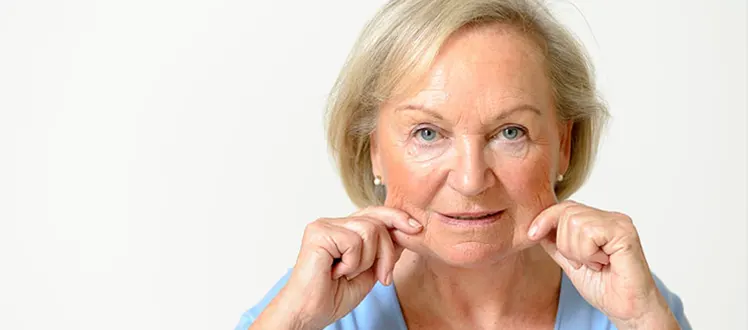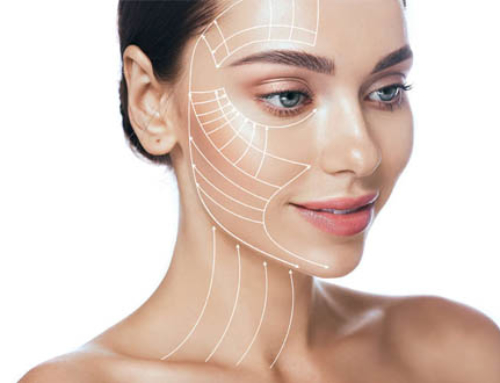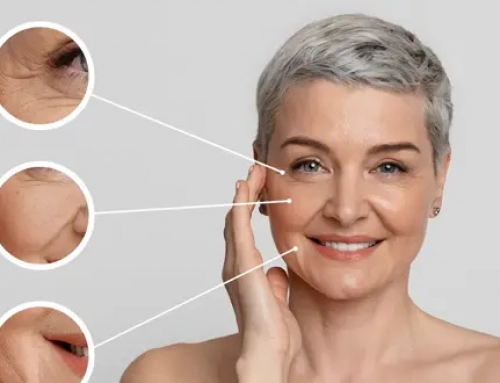Face lift : combining non-invasive and surgical techniques for better results
When to ask for a face lift ?
Facial aging is what shows the most on a person’s body. It differs from one person to another and it is also determined by genetic factors, therefore it cannot be prevented or stopped. However, advances in the fields of cosmetic surgery and aesthetic medicine allow us to treat the consequences of aging (aging signs) to make it more acceptable.
Aesthetic medicine has more of a preventive action against aging signs and constitutes an excellent complement to face lift procedures. Several aging signs justify face lift surgery : tissue sagging in the neck area, jowls under the mouth corners (which distorts facial roundness), bitterness folds and naso-labial folds. The more tissue sag, the more these folds become noticeable. Starting from the age of 45, these aging signs can be an issue, which motivates men and women to seek anti-aging treatments. What bothers patients is the tired or sad look on their face, folds, wrinkles and lines.Nowadays, facial rejuvenation specialists use a medical and surgical approach to assess facial aging. This is how Dr.Balti, one of the best cosmetic surgeons in Tunisia, treats facial aging signs. Non-invasive treatments can be used to fill in hollows, treat superficial wrinkles…
Cosmetic surgery, on the other hand, can be used to remove excess skin to restore normal skin tension and tone, which is impossible with non-surgical techniques. These two approaches combined together offer superior results, which is why facial rejuvenation rarely targets isolated aging signs, except in certain cases with younger patients.
Is my face going to be frozen after a face lift ?
The end goal of this procedure is to restore a well-rested appearance of the face. Patients, their families and close friends are always surprised by how natural face lift results look. Face lift techniques have evolved a lot and the days of frozen Hollywood stars’ faces are long gone. Face lift surgery is now a minimally invasive procedure allowing patients to resume their usual activities quickly after a short resting period.






